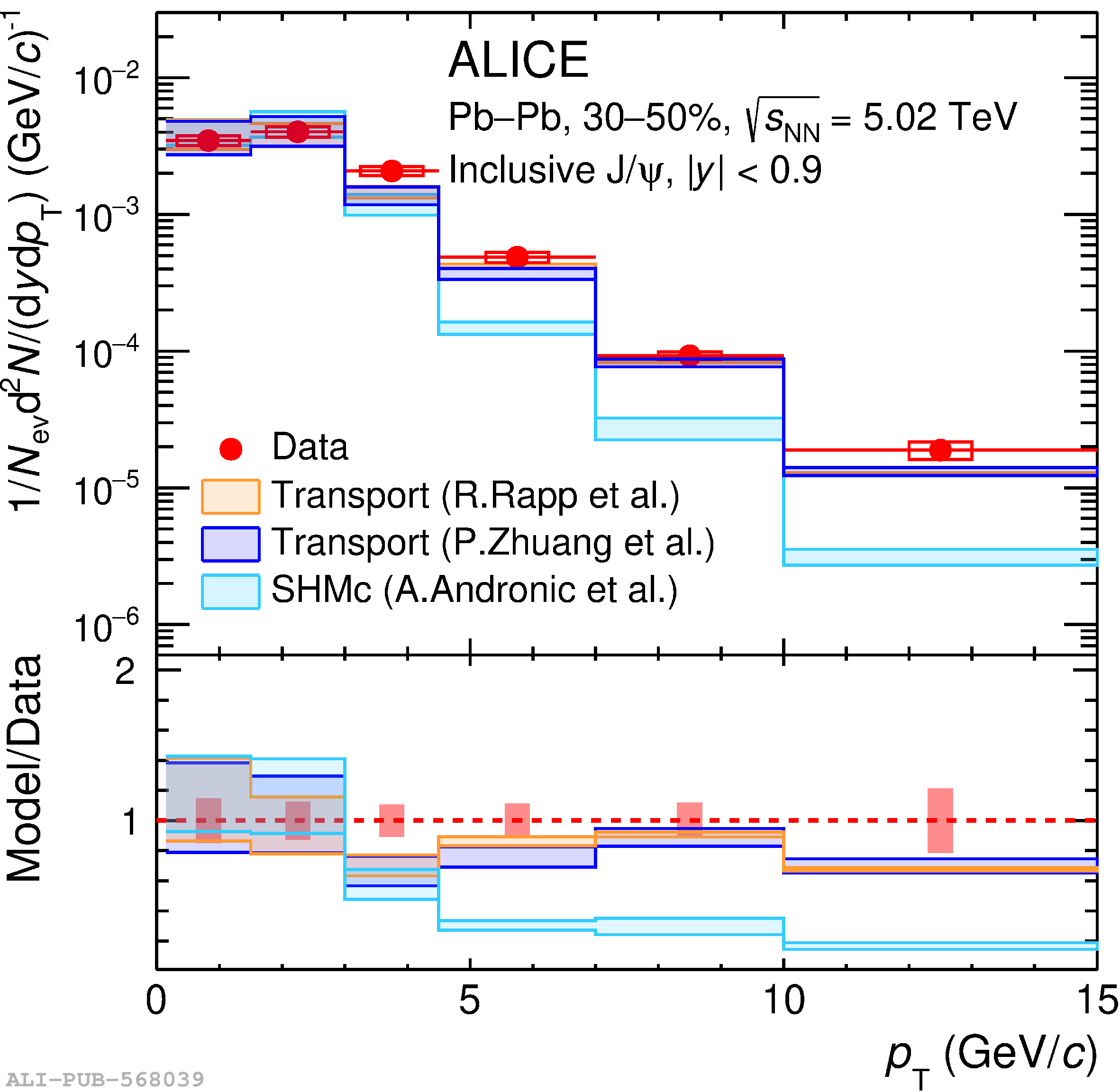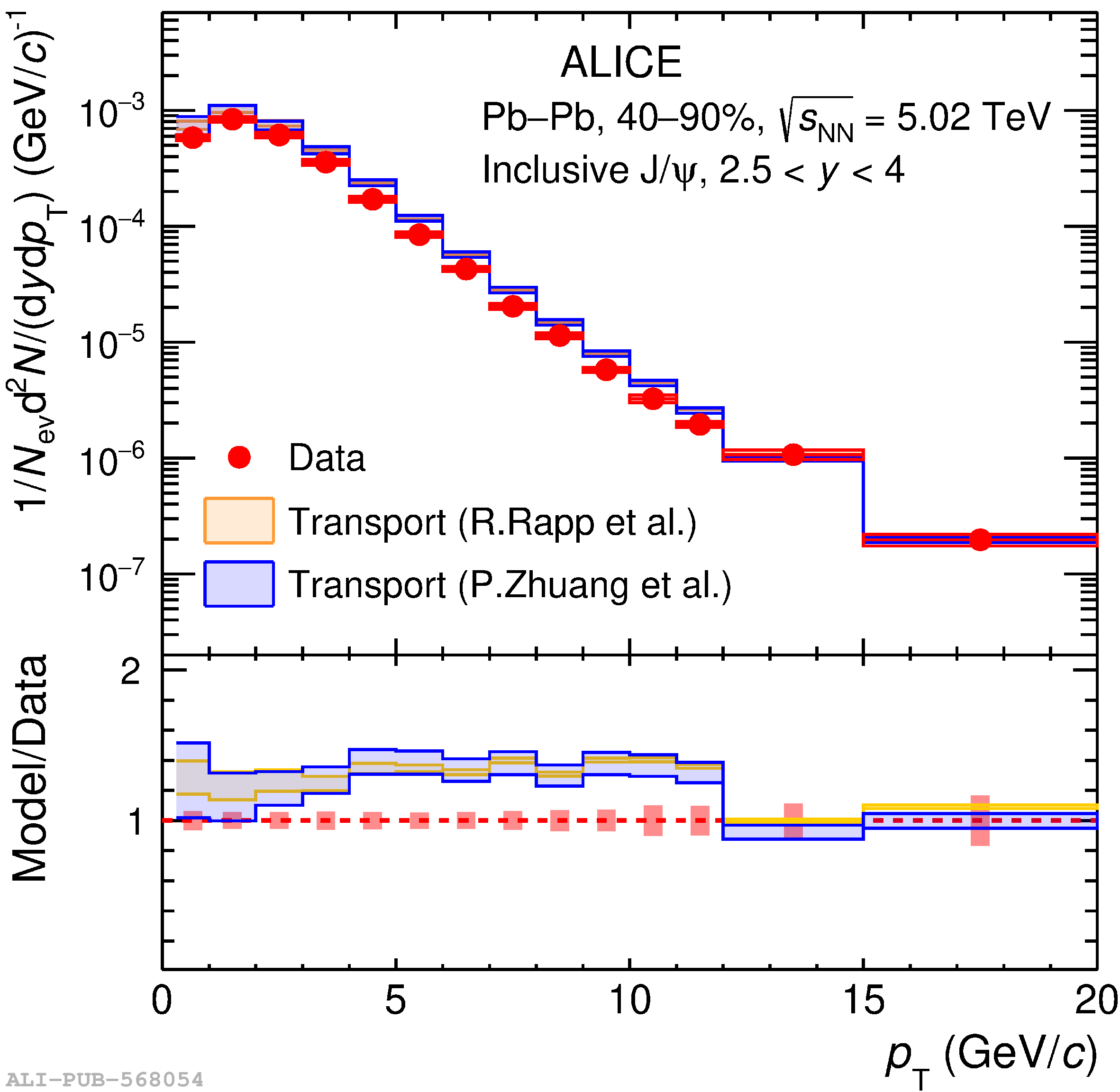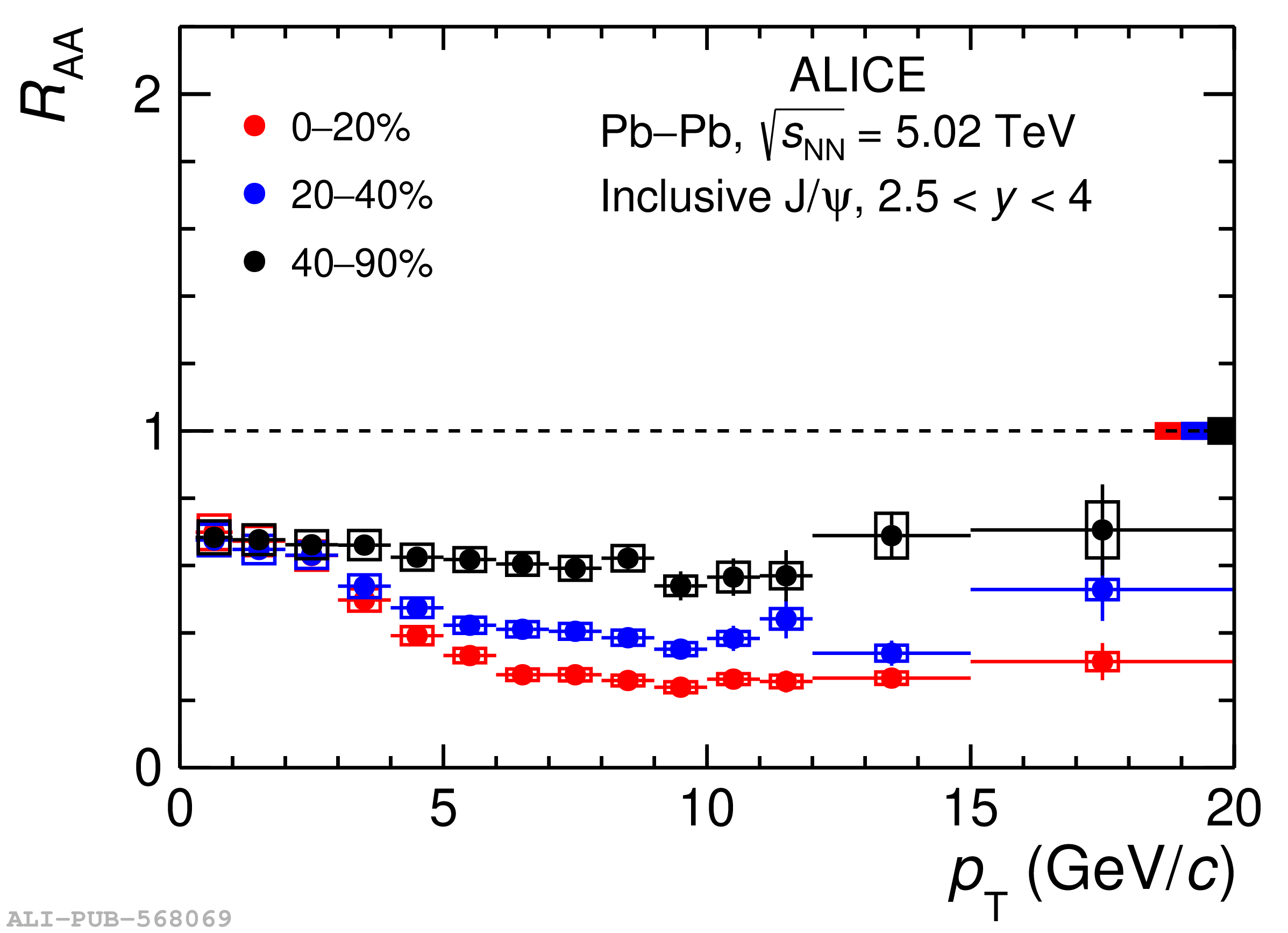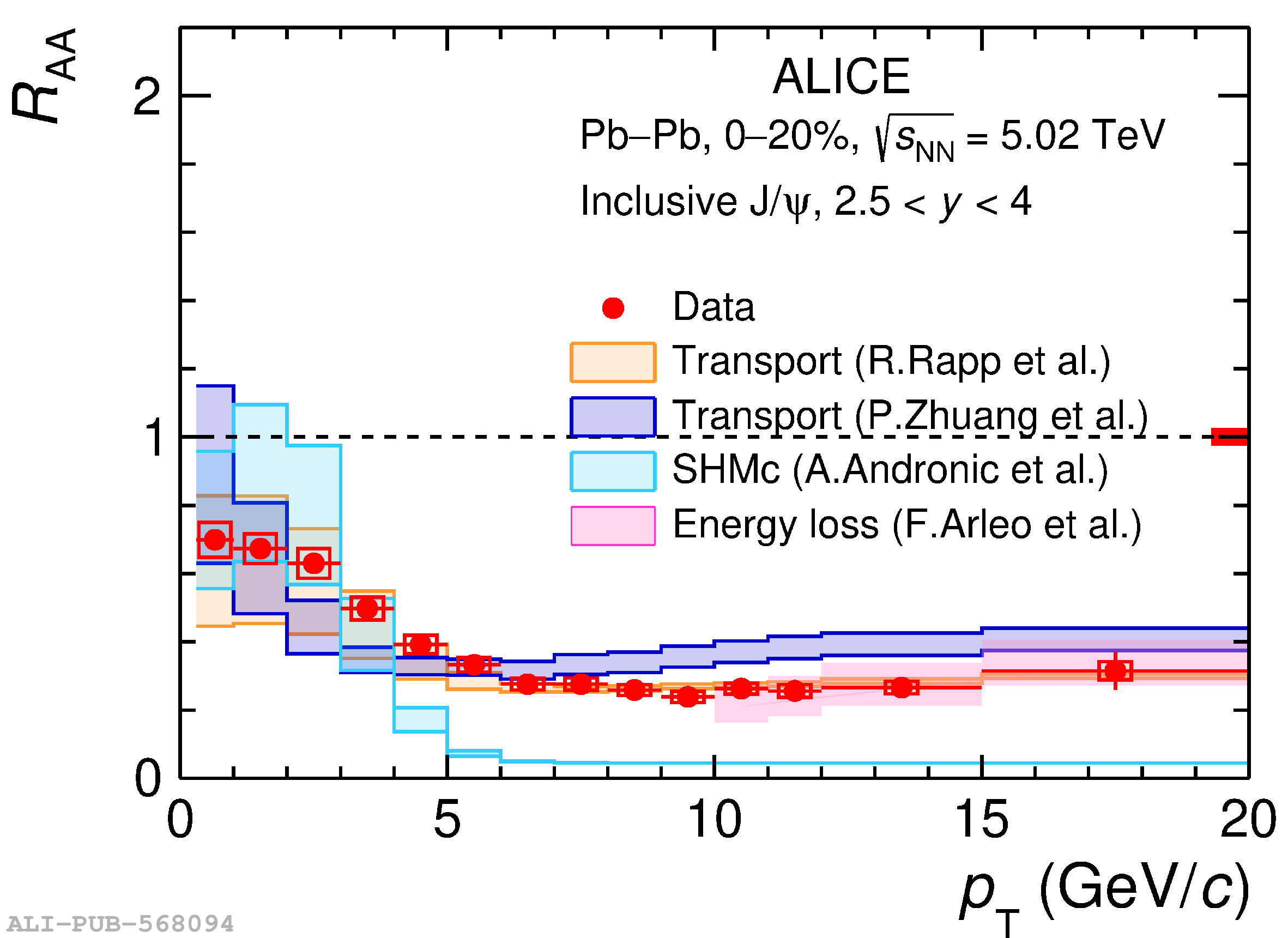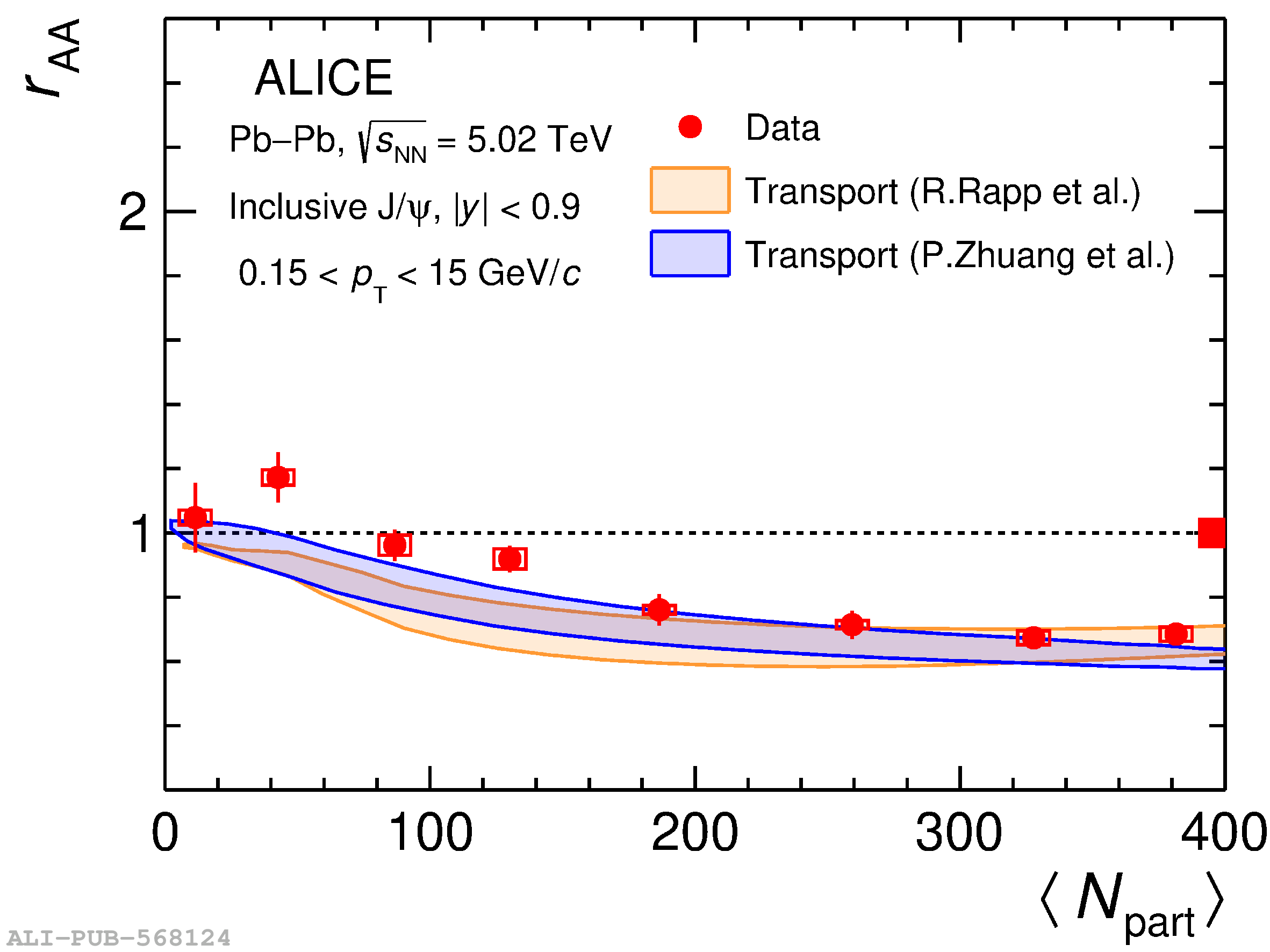The measurements of the inclusive J/$\psi$ yield at midrapidity ($\left | y \right | <~ 0.9$) and forward rapidity (2.5 $<~ y <~$ 4) in Pb$-$Pb collisions at $\sqrt{s_{\mathrm{NN}}}=5.02$ TeV with the ALICE detector at the LHC are reported. The inclusive J/$\psi$ production yields and nuclear modification factors, $R_{\rm AA}$, are measured as a function of the collision centrality, J/$\psi$ transverse momentum ($p_{\rm T}$), and rapidity. The J/$\psi$ average transverse momentum and squared transverse momentum ($\langle p_{\mathrm{T}}\rangle$ and $\langle p_{\mathrm{T}}^{\mathrm{2}}\rangle$) are evaluated as a function of the centrality at midrapidity. Compared to the previous ALICE publications, here the entire Pb$-$Pb collisions dataset collected during the LHC Run 2 is used, which improves the precision of the measurements and extends the $p_{\rm T}$ coverage. The $p_{\rm T}$-integrated $R_{\rm AA}$ shows a hint of an increasing trend towards unity from semicentral to central collisions at midrapidity, while it is flat at forward rapidity. The $p_{\rm T}$-differential $R_{\rm AA}$ shows a strong suppression at high $p_{\rm T}$ with less suppression at low $p_{\rm T}$ where it reaches a larger value at midrapidity compared to forward rapidity. The ratio of the $p_{\rm T}$-integrated yields of J/$\psi$ to those of D$^{0}$ mesons is reported for the first time for the central and semicentral event classes at midrapidity. Model calculations implementing charmonium production via the coalescence of charm quarks and antiquarks during the fireball evolution (transport models) or in a statistical approach with thermal weights are in good agreement with the data at low $p_{\rm T}$. At higher $p_{\rm T}$, the data are well described by transport models and a model based on energy loss in the strongly-interacting medium produced in nuclear collisions at the LHC.
Phys. Lett. B 849 (2024) 138451
HEP Data
e-Print: arXiv:2303.13361 | PDF | inSPIRE
CERN-EP-2023-054
Figure group






